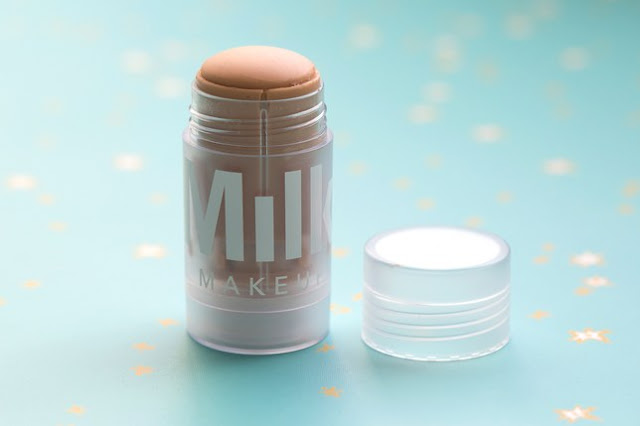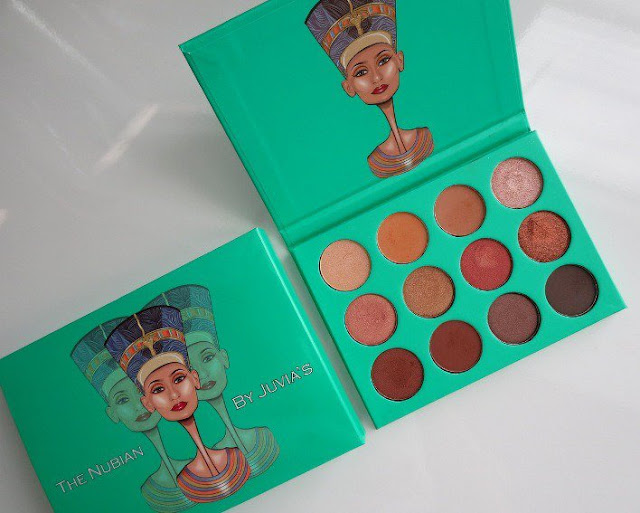In 1995, an Italian family from Civitavecchia placed an imported statue of the Virgin Mary in their garden, hoping it would improve the health of their young son. One day their daughter, who brings flowers to the Madonna every day, notices that tears of blood are running down her cheeks. The child immediately ran to his parents and they took the news to the local priest. The Vatican, traditionally skeptical of such miracles, confiscated the statue and gave it to its own experts for laboratory analysis. They find thatthe blood is indeed human, except that it comes from a man—a fact confirmed by DNA analysis. The father of the sick boy, Fabio Gregory, refuses to give a DNA test. The case happened again very recently. In 2008, the Italian abbot Vicenzo di Costanzo went to court alleging that the bloody tears pouring from the heart of the Madonna in his church contained his own DNA. Di Costanzo was accused of insulting religion and denounced by the Vatican.
The revelations don't stop there. In May 2004, a large plaster statue of the Virgin Mary at the Inala Vietnamese Catholic Center in Brisbane, Australia began emitting an aromatic substance from its eyes, nose, forehead and fingers. Thousands of believers flock to the place to worship the miracle and be cured of their ailments. The Archbishop of Brisbane, John Battersby, is not in a hurry to believe, however, and convenes a commission to investigate the authenticity of the phenomenon.
The team leader Dr. Adrian Farrelly subjects the statue and her tears to gas chromatography, mass spectroscopy and X-rays and comes to the following conclusions: the rose-scented oil on the subject is identical to a brand sold on the market; the red substance found on crosses and statuettes around him is not blood; two small holes were drilled into the statue through which the oil could be injected. The commission accepts that what happened cannot be described as a miracle and is most likely a good-hearted speculation by Father Joseph Nguyen Tan Liem of the Catholic Center, who at the same time is raising money to help the poor in Africa.
Dozens of other cases of unrealized miracles have also been documented - scientists have proven, for example, that the tears on the face of Jesus Christ, located on a street in New York, are the result of natural processes that condense moisture from the air on the paint of the statue, and so it forms stains like tears. The sobs of the Virgin of Grangecon, Ireland, were soothed by the makers of the statuette themselves - they admitted that the glue they used to attach the eyes to her head moistens at certain temperatures so they can "produce water". There are, of course, many documented cases where science has thrown up its hands helplessly. Probably the most famous one dates back to 1973, when deaf Sister Agnes Sasagawa from the city of Akita in Japan noticed blood dripping from the right hand of the wooden statue of the Virgin Mary in her church.
The phenomenon begins on June 28 and ends on September 29, when the wound miraculously closes. On the same day, the nuns noticed that the statue began to "sweat" on the forehead and neck. A year later, on January 4, 1974, the image began to cry. This phenomenon continued at intervals for the next six years and eight months. The Japanese Virgin cried exactly 101 times. Curiously, at the same time as the statue bled, Sister Agnes received a stigmata on her left palm. The Reverend John Shojiro Ito, bishop of Niigata City, commissioned a scientific investigation that went on for eight years. Akita University Legal Medicine Professor Sagisaka confirms thatthe blood, tears and sweat are undoubtedly human.
However, it must be admitted that at that time there were no DNA tests yet to put to rest the suspicions that they came from the body of one of the church officials.
How can a statue cry if it is not a miracle? Italian scientist Dr. Luigi Castanelli gives an answer to this question: "You need a hollow statue made of a porous material such as plaster or ceramic. It must be polished or painted with waterproof paint or varnish. If the statue is then filled with liquid (eg through a hole in the head), the porous material will absorb it, but the gloss will stop it leaking out. However, if the polish is lightly scratched on or around the eyes, tear-like droplets will flow from them, seemingly materializing from thin air. If the cavity behind the eyes is small enough, no traces will remain in the icon after the filling has flowed out.
I put this trick to the test and it proved to be extremely reliable, stunning everyone present”. The same effect can be achievedif cotton soaked in blood, water, oil or other liquids is placed in the statue. After learning this, many merchants even started selling DIY Weeping Statue tutorials. Although very often behind the sobbing statue scams there are only good intentions - to heal a sick person, to raise money for a noble cause or simply to strengthen people's faith in a materialistic age, this practice carries its dose of cynicism and in general not approved by the church. Seattle pastor Roger Smith summed up her position this way: “Catholics don't venerate pictures or statues. They are only a way to convey something about God, but they are not gods themselves”. Many scholars note that the belief in bleeding and tearing images extremely very reminiscent of the belief in spiritualistic phenomena such as mediums and "conversations" with the beyond.
A remarkable feature of the phenomenon is that it appears almost exclusively only with Catholic images (a small number of cases with Orthodox icons have also been documented in recent years). Skeptics also point to the great economic opportunity that such miracles offer - thousands of believers are willing to pay dearly for a trip to the phenomenon, for a souvenir of the place or for a donation to ensure their healing. Whatever the reason for the weeping statues, however, one thing is certain - they have become one of the main "bones of contention" between the church and scientific circles, fighting for the hearts and minds of people.



















